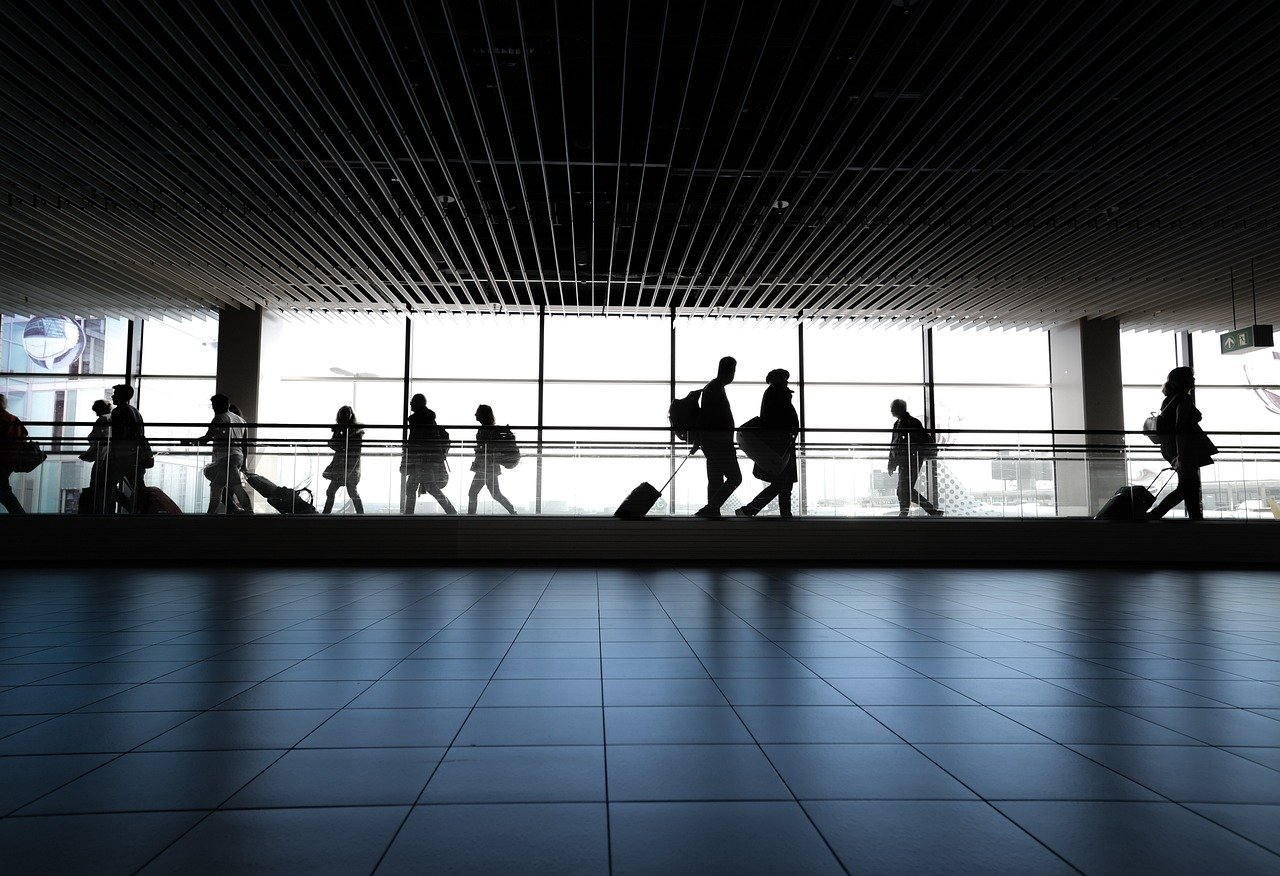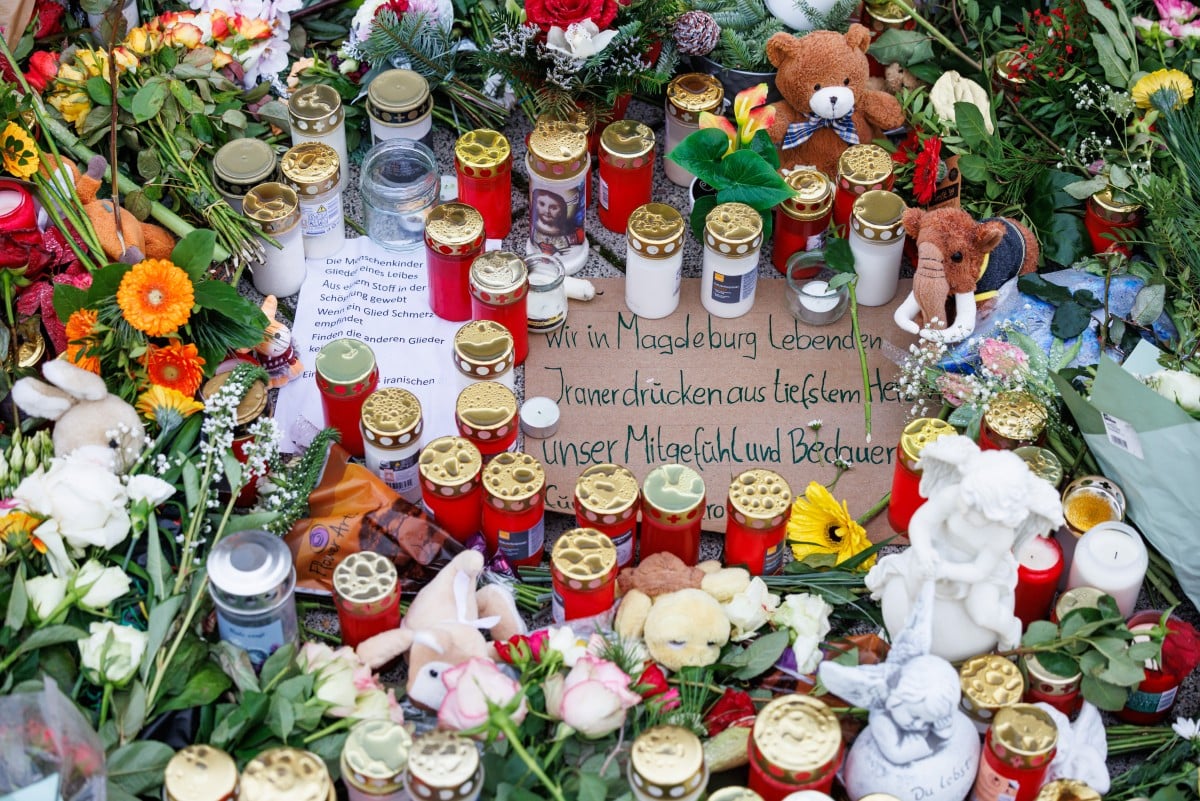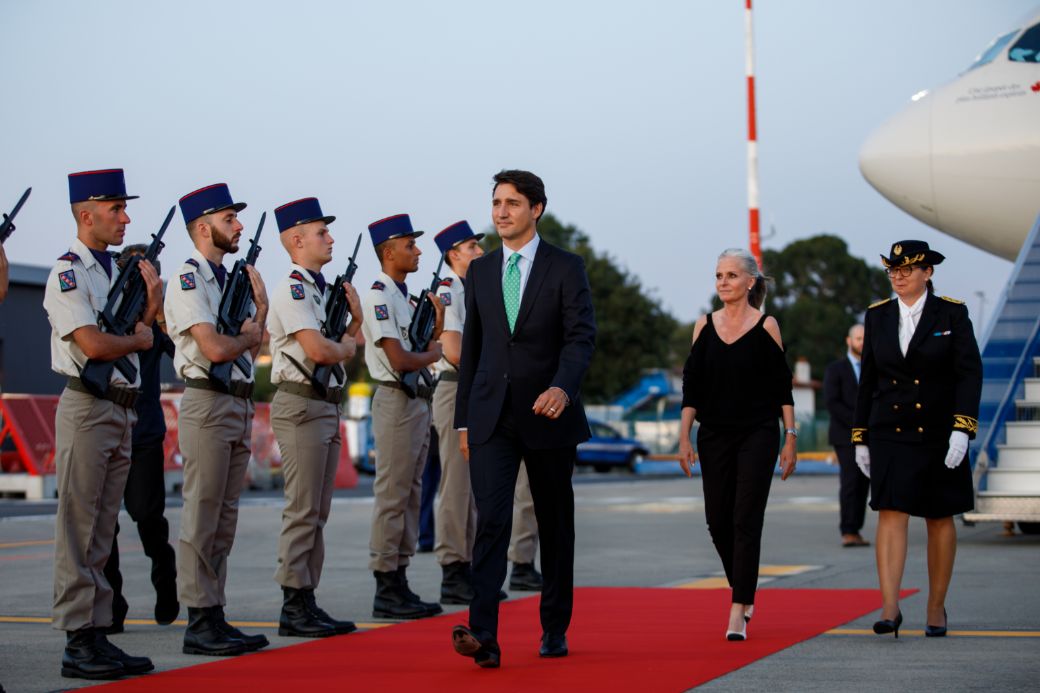“It is about not being blackmailed by [Russian President Vladimir] Putin and becoming energy self-sufficient,” Krogmann said. “It’s about protecting the climate. And it’s about reacting to the massively increased prices.”
It is part of a desperate scramble across Europe to reduce energy consumption in a summer of soaring temperatures and prices and to build up natural gas supplies ahead of the bitter chill of winter — in anticipation that Russia may shut off the gas completely.
The European Commission on Wednesday urged that countries immediately start rationing, reducing their gas use by 15 percent through March 1.
“We have to be proactive. We have to prepare for a potential full disruption of Russian gas. And this is a likely scenario. That’s what we’ve seen in the past,” Commission President Ursula von der Leyen said when presenting a plan and legislation that would need to be adopted by member countries.
The plan asks countries to switch from gas to alternative fuels, incentivizes industries to reduce consumption and outlines ways for consumers to save on heating and cooling.
“Energy saved in summer is energy available for winter,” reads a European Commission news release on the proposal.
Russia has already stopped sending gas to the Baltic states and Poland, Bulgaria and Finland, and flows to Denmark, the Netherlands and Italy have been reduced. E.U. officials believe that Russia may halt imports as soon as this year.
That would have an impact across the E.U. and ripple effects around the world. But Germany’s heavy reliance on Russian gas makes it especially vulnerable to disruptions.
Despite a rush to diversify, Berlin remains at the mercy of the whims of Moscow, which supplies 30 percent of the natural gas used for Germany’s electricity production and home heating.
Anxiety is high this week that Moscow may decide not to reconnect Nord Stream 1, the main pipeline between Russia and Germany, at the end of 10 days of scheduled maintenance on Thursday.
State-run Russian gas giant Gazprom has warned some European clients that it can no longer guarantee supply to the continent in the context of war. But German pipeline operator Gascade said Wednesday that Gazprom had indicated it planned to restart the flows through Nord Stream 1.
What’s known as “nominations,” basically, requests to move gas on the pipeline, suggest flows at levels of about 40 percent — the same as when the pipeline shut for maintenance, said spokeswoman Uta Kull. “But it doesn’t necessarily mean the gas is coming,” she said, with changes possible up to two hours ahead of planned deliveries.
“We can only know for sure tomorrow,” she said.
While waiting to see how it plays out, Germany is making contingency plans.
It is rushing to build liquid natural gas terminals and has inked new import deals with the United States and Qatar. It is temporarily falling back on coal power plants and even considering keeping some nuclear power plants online — something the government had fiercely resisted.
An extreme move, which experts say may be triggered in case of a Nord Stream 1 stoppage, would be to cut off certain nonessential industries from gas supplies, causing significant ramifications for Europe’s largest economy.
“When Putin cuts gas supplies, he uses energy as a weapon,” German Chancellor Olaf Scholz wrote in an opinion piece in Frankfurter Allgemeine Zeitung on Monday. “Not even the Soviet Union did that during the Cold War,” he added.
The stability of Russian gas flows during the Cold War was an oft-repeated argument of Scholz’s predecessor, Angela Merkel, who oversaw an increase in German dependence on Russian energy, despite Russian belligerence beyond its borders.
But even before the war in Ukraine, Germany’s gas storage facilities, which hold the most volume in the E.U., were running low. Storage levels in February were less than a third — in part the result of what many experts say was an intentional move by the Kremlin as it prepared for war.
Storage was at “historical low levels” between the end of last year and February, said Philipp Heilmaier, head of the future energy supply division at the German Energy Agency, a partially state-funded consultancy.
The Rehden storage facility — one of Western Europe’s largest, with the capacity to hold more than 4 billion cubic meters of gas — was less than 1 percent full. The facility had been controlled by a Gazprom subsidiary.
Storage levels have since rebounded to 64.6 percent overall, and 32.4 percent at Rehden, which is now run by a government trust. But efforts to top up stagnated after Gazprom reduced supplies arriving through Nord Stream 1 to 40 percent of capacity in June. And there are concerns about being able to reach the government’s goal for overall storage levels of 80 percent by Oct. 1 and 90 percent by Nov. 1.
“At present, gas storage facilities are being partially depleted,” the Federal Network Agency, Germany’s electricity and gas regulator, said in a report last week. “This development makes it difficult to achieve the storage levels required for the winter and reduces the reserves for a gas shortage situation.”
That’s despite a drop in consumption. In the first five months of the year, Germans used 14 percent less gas compared with a year earlier, according to Germany’s Association of Energy and Water Industries. The association attributed that in part to a milder winter, but also to consumer behavior in response to a combination of higher prices and the plea to save energy.
Markus Bauer-Schneider, 48, who lives in Berlin with his partner and infant, said he’s paying more attention to his energy use — not just because of the rising costs, but also because of concerns about supplies.
“We live in an old building, and I am very sure already that we will use only half our living space in winter,” he said. “It’s quite a few square meters, so we won’t heat the living room in winter. It’s just not worth it anymore.”
The capital is still putting together its energy-saving plans, with discussions about whether to turn the lights off at the Brandenburg Gate monument and 200 public buildings after midnight, dim streetlights and turn off traffic lights at night. But Berlin is also living up to its reputation for inefficiency. The Tagesspiegel newspaper reported that the city is running 1,400 gas-powered streetlights day and night because the timer mechanism is broken.
Bauer-Schneider said he’s willing to make sacrifices. “We should not be getting gas from such a madman,” he said, referring to Putin. “So then you have to cut back.”
Others aren’t yet willing to let go of small luxuries.
“For me, a bathtub is absolute quality of life,” said Michael von Wittke, 44, who attested that he already had a very small carbon footprint. “I can lie in it for one or two hours and then would even add more hot water twice. To me, that is one the cores of my quality of life. I will only change that under very particular circumstances.”
Still, Jens Suedekum, an economics professor at the Heinrich Heine University Düsseldorf and adviser to Germany’s government on climate and energy, said that to make it through the winter without a drastic government intervention in the energy market, consumers need to reduce supply in the short term.
Given current storage levels, demand for gas from private households needs to drop by 10 percent at minimum, he said, though with a 15 to 20 percent reduction, the “possibility for disaster would be much lower.”
“Information campaigns and pleas are not enough,” he said. “Certain people you might reach, but the vast majority need price signals to decrease demands.”
If there is no change in demand, the country will hit zero gas storage by January or February, he said.
Germany has so far shielded consumers from the full extent of the price hikes — which otherwise would have tripled or quadrupled energy bills. Many Germans are entitled to a one-off payment of 300 euros in September as compensation for their increased energy costs.
But experts say that additional price increases passed on to consumers would need to come with significantly more financial protection for vulnerable households.
Already, some towns and cities are planning mass “warming centers” during the winter for the vulnerable in public buildings such as recreation centers.
In the city of Ludwigsburg, just north of Stuttgart, the district fire chief said 5,000 sleeping bags and beds were being readied. “We want to be prepared,” he told the FAZ newspaper.
If the gas is turned back on Thursday, it will be a “huge relief,” said Suedekum, the economics professor, “at least for a little bit of time.”
But even then, the uncertainty is likely to return.
“The long-term answer is renewables,” he said. “That’s the ultimate answer to all these energy problems.”
Emily Rauhala and Quentin Ariès in Brussels contributed to this report.





















Discussion about this post